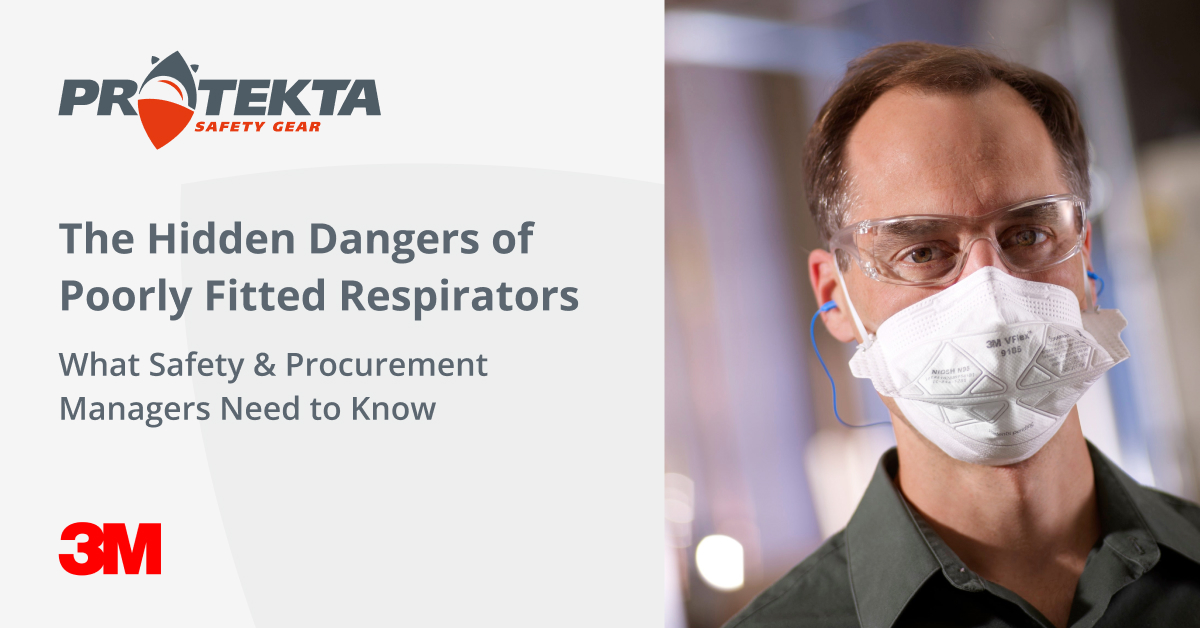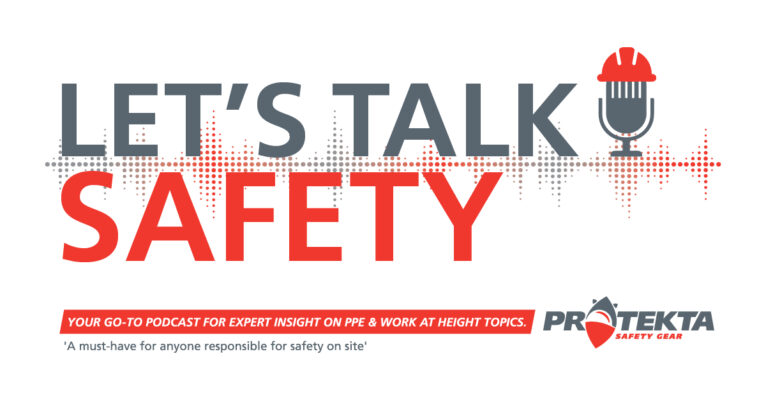Face Protection, General, Health and Safety, Podcast Articles, Respiratory Protection
The Hidden Dangers of Poorly Fitted Respirators: What Safety & Procurement Managers Need to Know
Respiratory protection is essential in hazardous environments, yet common misconceptions put workers at risk. One of the biggest mistakes is assuming that a more breathable mask offers better safety. A mask that feels breathable may not be as effective in protecting against airborne hazards. The key to ensuring real protection lies in a proper fit, using quality materials, and regular maintenance. Understanding these factors is crucial for safety and procurement managers to make informed decisions that keep workers safe.
1. Why “Comfortable” Respirators Might Be Putting Workers at Risk
Many workers gravitate toward respirators that seem easy to wear and allow them to breathe more easily. However, a looser fit can leave gaps where harmful particles can slip through. While these masks may feel cooler, they don’t provide the same level of protection as a properly fitted respirator. Ensuring that the respirator fits snugly and provides a solid seal is essential. Though a slightly tighter mask might feel more restrictive, it guarantees that air only enters through the filter, giving true protection.
2. Understanding Respirator Materials: Silicone vs. Thermoplastic Elastomer
The materials that make up a respirator play a significant role in both comfort and safety. Common materials include silicone and thermoplastic elastomer, but it’s crucial to be aware that recycled plastics may degrade faster, reducing the respirator’s durability and effectiveness. Some materials, such as latex, can even cause allergic reactions, leading to discomfort or skin irritation. For long-term safety, it’s advisable to choose respirators made from virgin materials that adhere to established safety standards.
3. Maintenance & Inspection: The Overlooked Key to Respirator Safety
Proper care is critical to ensuring that respirators remain effective. Even the highest-quality respirators can fail if not maintained regularly. Exposure to cleaning agents, rough environments, and wear and tear from use can cause degradation over time. Safety managers need to establish thorough inspection schedules, checking respirators for cracks, deteriorating seals, or damaged valves. If any components are damaged, it could result in inhaling harmful particles, rendering the respirator ineffective.
4. Regulatory Compliance: How to Choose the Right Respirator
Not all respirators meet the necessary safety standards. For example, the EN 14387 standard outlines specific requirements for gas and vapor filters, while EN 136 applies to full-face respirators. These standards ensure that respirators are built with the correct materials and construction methods to provide proper protection. Procurement teams should always check that respirators are compliant with these regulations to prevent exposing workers to subpar protection. Additionally, ensuring that the respirator is made with high-quality materials (like virgin plastics or rubber) is crucial for durability and safety.
5. How Wear and Tear Can Lead to Irreparable Damage
Even if a respirator is made from durable materials, improper maintenance can lead to irreversible damage. Regular visual inspections are necessary to check for worn-out components like inhalation valves, seals, and cartridges. If these parts are neglected, it can result in the inhalation of hazardous particles, making the respirator ineffective. Managers must also make sure that respirators are cleaned and stored properly to avoid issues such as delamination or chemical degradation.
Conclusion
Effective respiratory protection goes beyond just selecting the right material or design. It depends on the right fit, the use of high-quality materials, ongoing maintenance, and compliance with safety regulations. Safety and procurement managers should focus on ensuring that respirators are properly fitted, well-maintained, and compliant with industry standards. By addressing these important factors, they can significantly reduce risks and help safeguard workers in hazardous environments.
Contact us for more information on respiratory protection or click here if you would like to view our range of respiratory protection.
Contact Us

